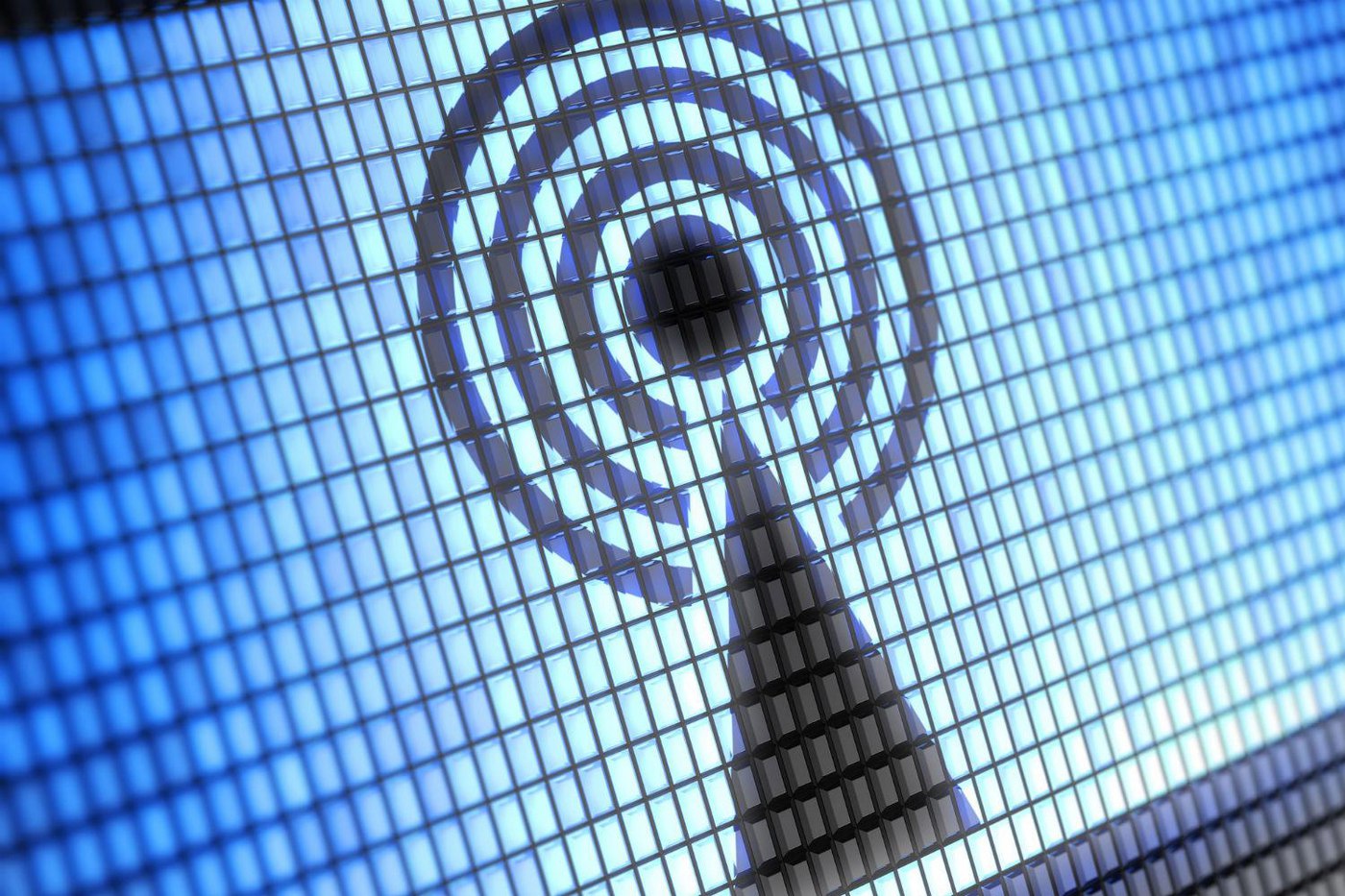IEEE Standards for Roaming & Protection and How They Affect Your WLAN
At IE, our wireless practice engineers often are called on to troubleshoot a network that’s gone awry, for some unknown or unforeseen reason, resulting in a negative impact to the business. The WLAN has been run through multiple support calls and RF surveys to show that good RF signal exists and the RF cell is stable. Vendor support centers may have been contacted, but with little to no actual onsite visibility, the vendor online support engineer has no real way to identify the issue. Quite often of late, this has been the result of a change to the network that may’ve been intended to improve the behavior of one client’s device at the cost of older legacy devices on the network. One, or multiples of, new Institute of Electrical and Electronics Engineers (IEEE) standards have been engaged and legacy client devices are suffering. These standards are varietal configurations of 802.11r, k, v, and w. I will briefly describe what each of these IEEE roaming and protection standards is and how they could potentially cause issues with your WLAN client devices.
802.11r
The IEEE 802.11r was published in 2008 as an aid to roaming by utilizing a fast transition protocol. Without getting too technical, 802.11r was implemented to allow for client devices to roam quickly and securely by allowing for association requests and authentication to take place parallel to each other. Devices that support 802.11r roam quicker by utilizing this parallel methodology. Unfortunately, not all devices support .11r and some legacy devices will not join the network when .11r is deployed.
802.11k
Also published in 2008, the IEEE 802.11k had the intention of load balancing the access points so that one access point would not be overburdened with too many client devices. A balancing algorithm determines if a client device should be moved to a lesser populated access point to improve the overall performance of the network. It achieves this by providing an access point neighbor list to the client devices and then balancing or pushing clients off of a full or oversubscribed access point. This sounds great, but in some instances, legacy voice or video devices that don’t make the transition quickly can show signs of bad call or connection quality.
802.11v
The IEEE 802.11v, published in 2011, was an amendment to the 802.11 standard to allow the client device to be configured by the network while they were connected over the air. To achieve this, the client device had to allow the network to manage its settings over the air while in use. This standard has a wide variety of configuration and possible settings that any of which could cause major issues on your WLAN. Optimized roaming, network optimized power settings, and load balancing are among the most frequent offenders since very few client device drivers support .11v.
802.11w
Published in 2009, the IEEE 802.11w introduced Protected Management Frames to the 802.11 stack. This allows for securing the control plane of the client to access point transaction. It sets up a secure methodology of verifying that commands such as deauthentication and disassociation packets are only processed by a client device when they originate from a trusted known access point. This often assists in overcoming deauth packets from a neighbor’s access point that has spoofed the mac address of one of your own access points in order to contain your network. They often do this without knowing that they are in violation of the FCC Good Neighbor Policy as it is a simple checkmark in their controller. .11w helps you to continue to do business on your WLAN, albeit, at a slower pace. The negative side of .11w is that all clients you are trying to protect must support .11w or they will not connect to your WLAN. Often we must create two separate networks (SSIDs), one with .11w, and one without, to support all of your client devices.
You can see that a simple checkmark in a box on your controller or lack of support for a standard on a client device could introduce a major disruption in the performance of your WLAN. To avoid this, do your homework. Research any and all devices you intend to allow to operate in mission critical environments and be prepared to make quick, educated, and prudent action to correct performance issues caused by employing IEEE 802.11 standards. If you have any questions at all feel free to reach out to me or any of IE’s wireless engineers to discuss your concerns. We are always available to assist and have the tools and experience to quickly identify and remediate your issues.
About the Author:
Dennis Holmes is the Director of Mobility and Infrastructure Solutions for Internetwork Engineering (IE) and has been involved with Wi-Fi for over 18 years. Connect with Dennis on LinkedIn.




